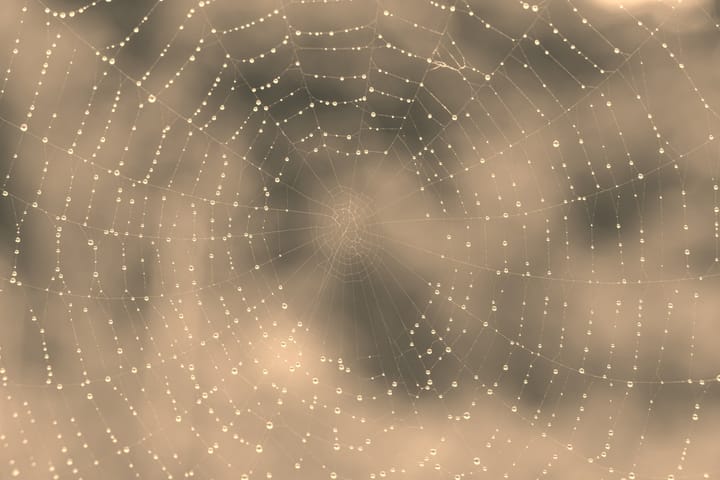How the French stole the secret of making 'heathen' fabric?
Prepare to dive into a world of forbidden fabrics, industrial espionage, and a textile revolution on the brink, as we journey to the heart of the luxurious Indian fabric Chintz has ignited a global fashion revolution.




